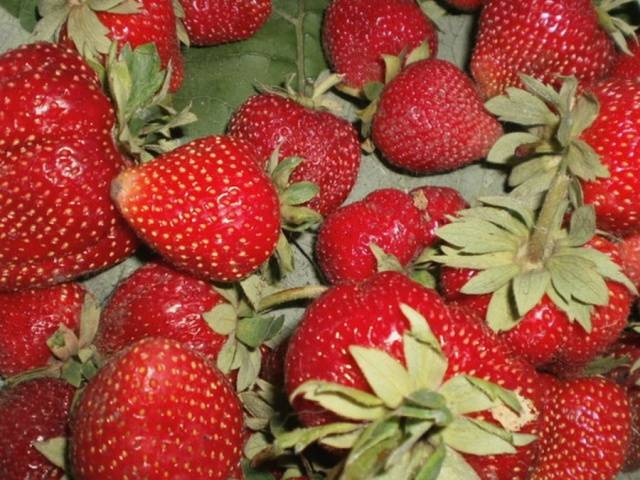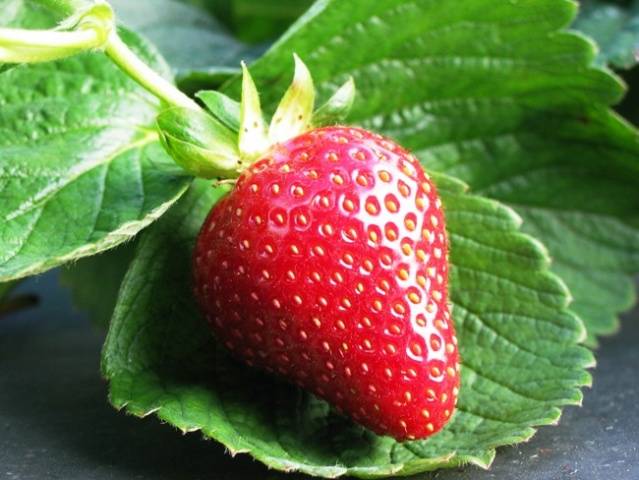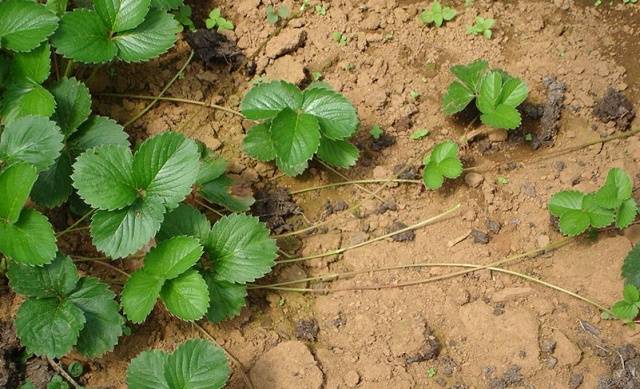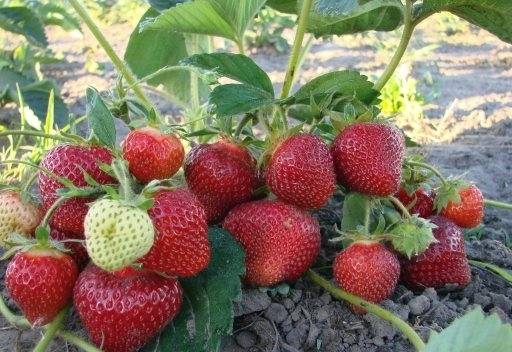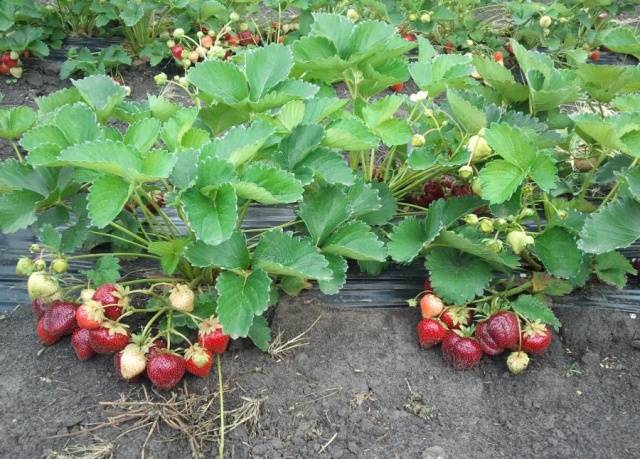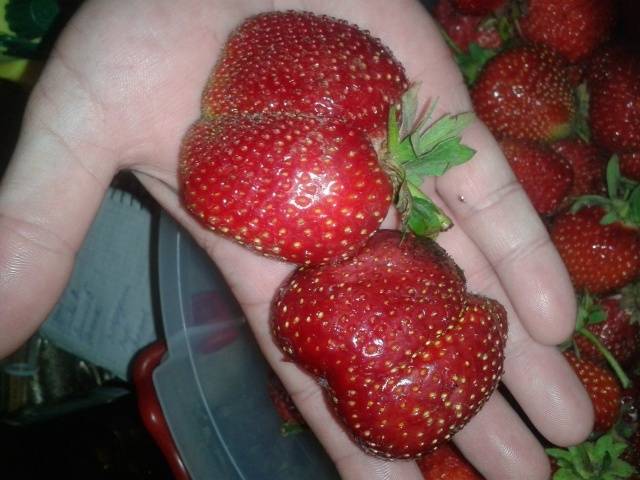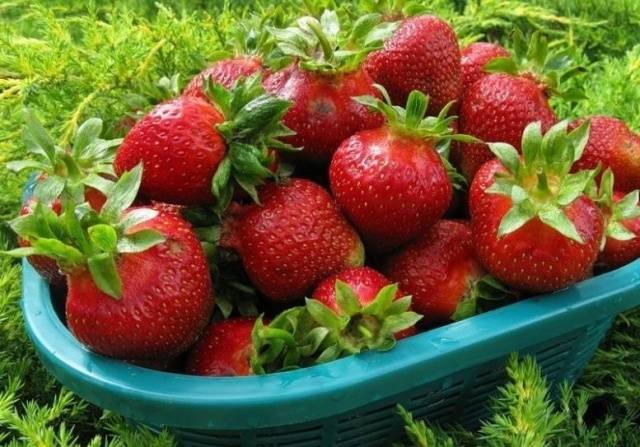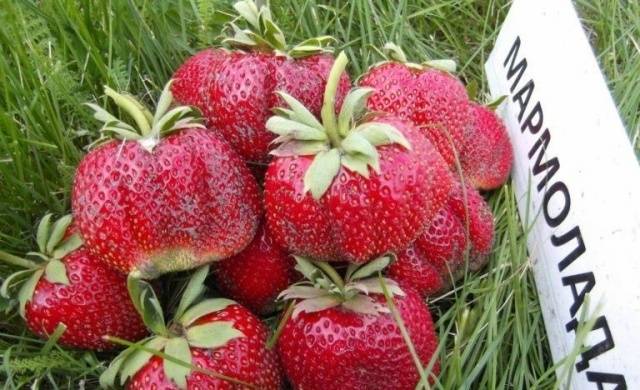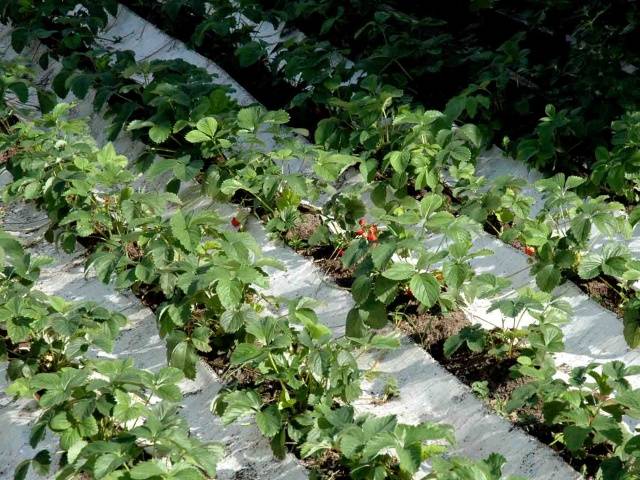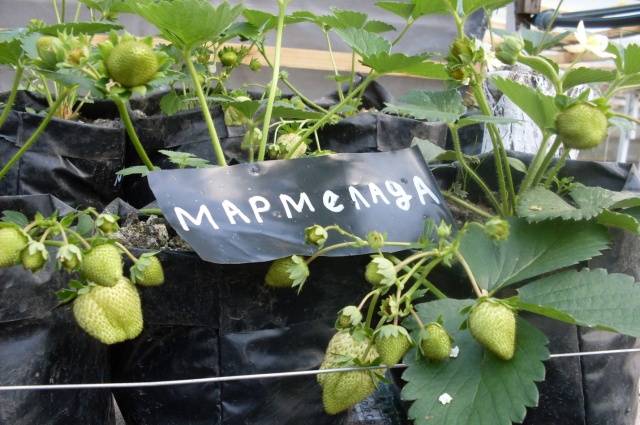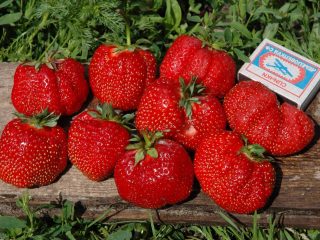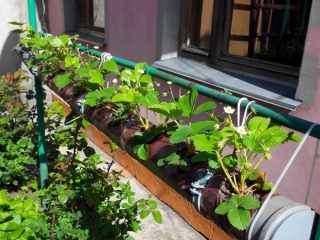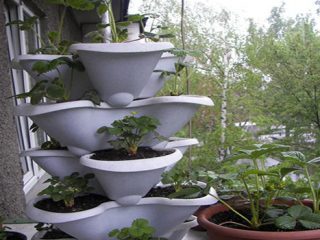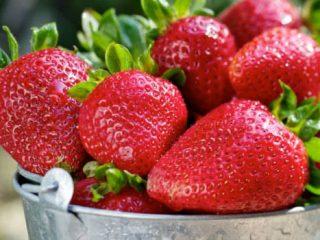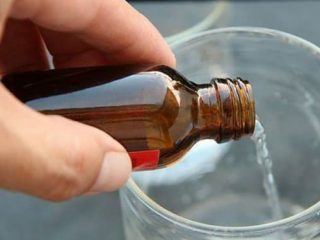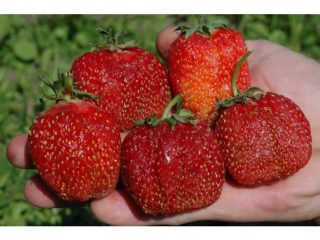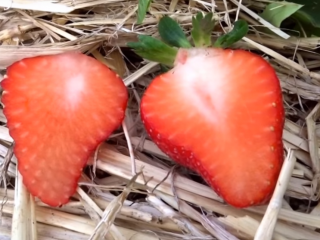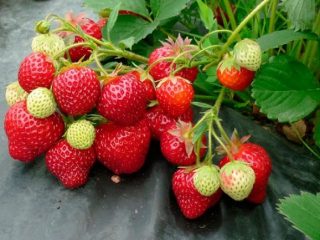Content
One cannot help but understand the desire of gardeners to have the very best strawberries in all respects on their plot. After all, this berry is distinguished by its usefulness and irresistible taste, and numerous preparations from it allow you to add zest to any sweet dish or dessert. It’s not for nothing that strawberries are called the “queen of all berries”, because being a real royal person, it requires constant attention, love and care. Without them, it is difficult to obtain a full-fledged harvest from plants that would satisfy the gardener in both quality and quantity.
Strawberry Marmalade, although it receives the most controversial reviews about itself, really claims to be one of the most “royal” varieties of this beloved berry. In Italy, where this garden strawberry comes from, it is considered one of the most promising varieties, although it is used more for growing in personal plots. In Russia, this variety was automatically classified as commercial, perhaps due to its good transportability. But this is perhaps where the roots of the misunderstanding of its properties and the contradictory reviews about it grow. However, first things first.
Description of the Marmalade variety
Strawberry Marmalade was obtained in 1989 by crossing two varieties: Holiday and Gorella. The originator is the Consortium of Italian Nurseries (CIV) and its full real name is Marmolada Onebor.
Actually, this was not a violation of the truth, since the taste and appearance of the berries of this variety really resemble the well-known sweet dessert. And people even affectionately call it marmalade.
Marmalade strawberries are short-day varieties and should bear fruit only once during the season. But the peculiarity of this variety is that starting from the second year of development, in favorable conditions (mainly in the southern regions), strawberries are able to produce a second wave of harvest at the very end of summer. Thus, the variety can claim to be semi-remontant.
Marmalade strawberry bushes, being quite powerful, have a rather compact shape. The leaves are large, dark green, and usually not susceptible to chlorosis. They are raised and spread to the sides. Inflorescences on long stalks are located above the leaves. The flowering is so abundant that sometimes the foliage is not visible at all behind the flowers.
There are no problems with the propagation of the variety; the plants produce many tendrils.
According to the ripening period, it belongs to the mid-early varieties of strawberries. The first berries can be expected already in the first half of June, but the main wave of fruiting occurs most likely in the middle to second half of June. If you mow down all the leaves immediately after fruiting and regularly feed the bushes, then in the south you can expect a second wave of berries at the very end of summer or in September. Moreover, the berries will be even larger than at the beginning of summer.
The Marmalade strawberry variety is also suitable for off-season cultivation in greenhouse conditions.
The yield, depending on the agricultural technology used, ranges from 700-800 grams to 1.2 kg per bush, which is very good for a short-day strawberry variety.
Marmalade strawberries grow well even in the hottest conditions and are relatively drought tolerant. In conditions when other varieties die from heat and drought, Marmalade bushes turn green and bear fruit. Moreover, this practically does not affect the taste of the berries; they only become denser and drier.
But in rainy and cloudy weather, the variety is not able to show itself in all its glory. The berries do not pick up enough sugar, and the likelihood of various fungal diseases increases sharply.
The Marmelada variety is characterized by good resistance to verticellosis, powdery mildew and diseases of the root system. But strawberries of this variety are sensitive to white and brown spotting, gray rot.
Characteristics of berries
This strawberry variety is large-fruited - the average weight of the berry varies from 20 to 30 grams, often reaching 40 grams.
The shape of the berries is quite standard, round with a conical crown. Large berries often have a comb at the end. When ripe, the berry turns bright red, starting from the base of the petiole. Therefore, sometimes the tip remains whitish even when the berry is fully ripe.
Since the berries remain uniform in the total mass and have a very attractive presentation, the use of this variety for commercial cultivation immediately suggests itself.
Moreover, the taste of berries under favorable conditions remains very balanced in terms of sugar and acid content. The aroma is also well expressed.
But here's what's interesting. At the stage of technical ripeness, when the berries are almost completely colored red, they are dense, impressive and are perfectly stored and transported. But their taste has not yet had time to fully develop.
Even in this state, the berries are stored and transported well, but much worse than the average commercial varieties. Perhaps this is one of the mysteries of the Marmalade strawberry variety when it evokes such varied reviews.
The use of berries can be called universal. But this variety is considered one of the best for freezing, drying and making candied fruits.
Advantages and disadvantages of the variety
Like any popular strawberry variety, Marmalade has its undeniable advantages:
- Large, showy berries with good taste and aroma;
- The variety has good yield and is not particularly demanding of care. It just needs quite a lot of land area to nourish the roots and illuminate the many flower stalks. Moreover, compensation in the form of additional fertilizing is unlikely to work in the case of Marmalade;
- It is not afraid of drought and heat, although, of course, it will be better to grow on plantations with drip irrigation;
- Has good transportability of berries.
But the Marmalade variety also has disadvantages, such that they allow some gardeners to decisively refuse to grow this strawberry.
- In damp, cold and rainy climates, berries do not absorb enough sugar and their taste deteriorates sharply.
- Marmalade strawberries are demanding on soil acidity and grow well only on neutral soils with a pH of 6.5-7.
- The variety is not resistant to a number of diseases.
Reviews from gardeners
As already noted, reviews from gardeners about the Marmalade strawberry variety, the description and photo of which were posted above, are very ambiguous. While many people praise and admire this variety of strawberries, others express complete disappointment with the taste of the berries, yield and other characteristics.
Conclusion
Indeed, Marmalade strawberries belong to that fairly common group of varieties that are able to display their unique qualities only in suitable climatic conditions. So, if you live in the south of Russia, feel free to try growing this variety. Other gardeners are advised to pay attention to strawberry varieties that are more adapted to their weather conditions.
